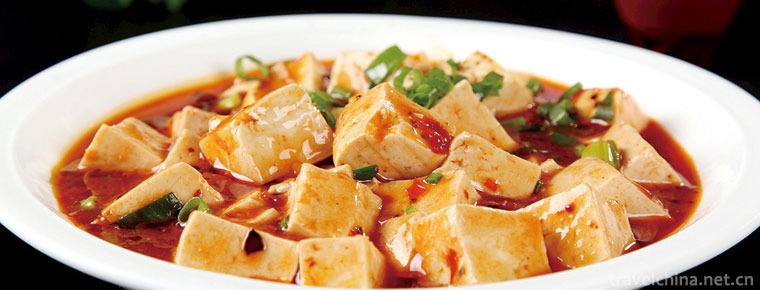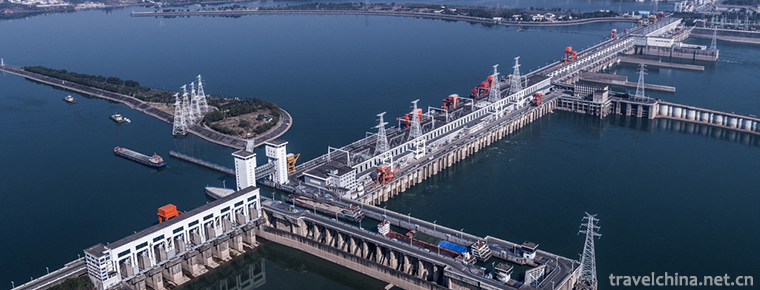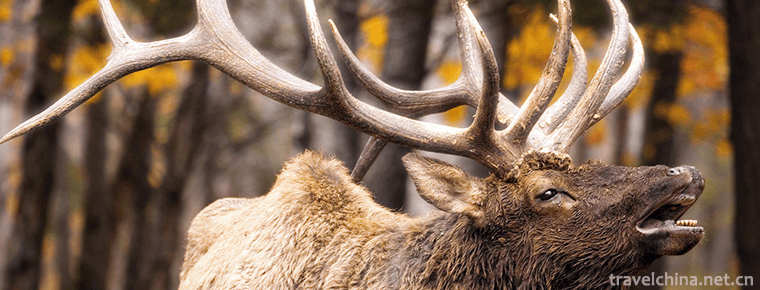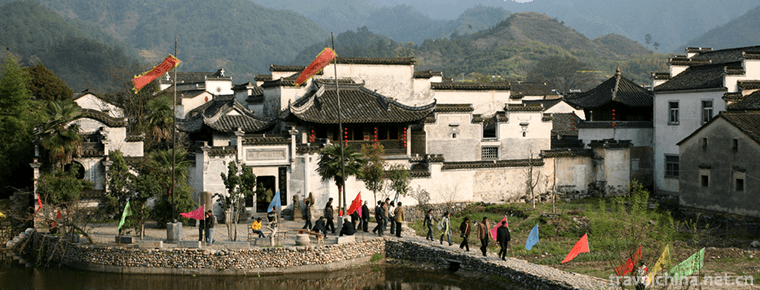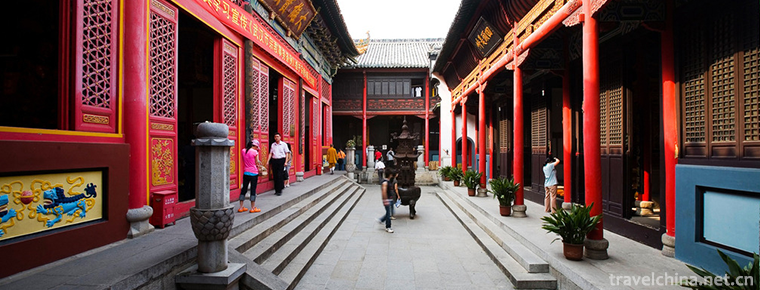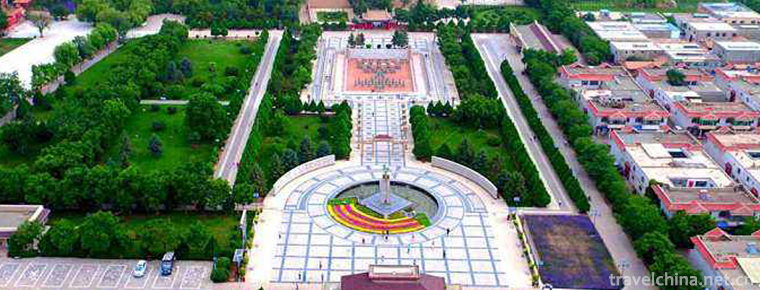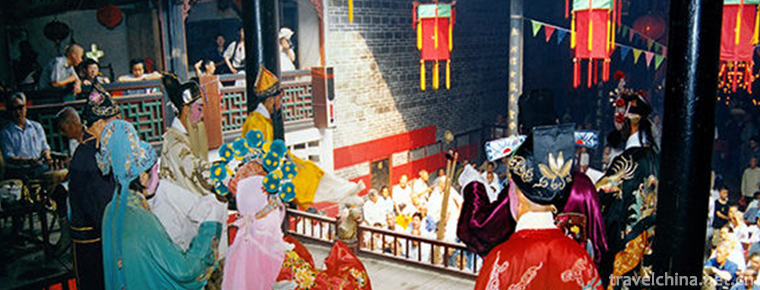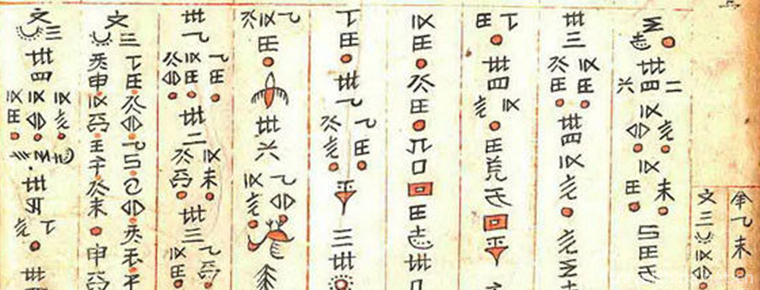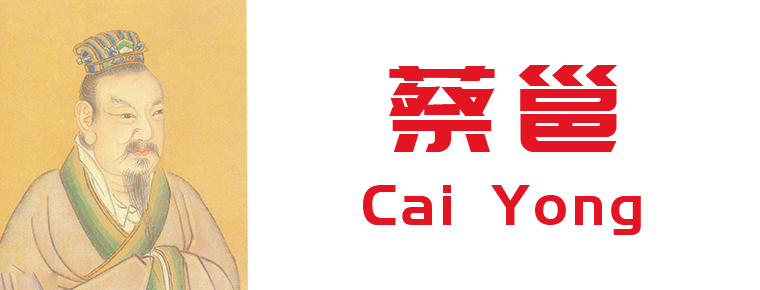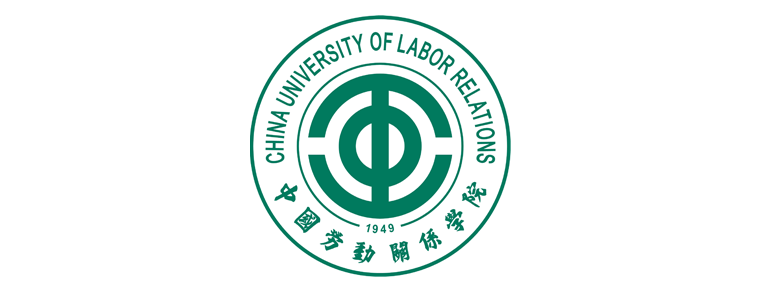GongQing Forest Park
Gongqing Forest Park is located in Yangpu District, Shanghai. It is bordered by Huangpu River in the East and Military Road in the west. The total area of the park is 1965 mu, and the open public green space is 1870.6 mu. Among them, 1631 Mu is Gongqing Forest Park in the north and 239.6 Mu is Wanzhuyuan in the south.
Shanghai Gongqing National Forest Park is a special park with forests as its main landscape. It planted more than 200 kinds of trees, totaling more than 300,000 trees. The park is divided into two gardens, one is Gongqing Forest Park, the other is Wanzhu Park, which covers an area of 1631 mu, and the other is Gongqing Forest Park, which covers an area of 239.6 mu. North and South gardens have different styles. North gardens focus on forest scenery. There are hills, lakes and grasslands. South gardens are small bridges and flowing water. Besides sightseeing, visitors can also ride horses, barbecue and fish in the park.
Historical evolution
The Park was originally a beach marsh along the Huangpu River. In 1956, the Shanghai Municipal Government dredged the river course and reclaimed the wasteland and opened up a nursery.
In 1958, Comrade Hu Yaobang, Secretary of the Central Committee of the Spring League, led the National Youth activists meeting in Shanghai to plant fruit trees. In the nursery, the Youth Experimental Orchard was established, named Communist Green Nursery; in early 1982, as a key practical project of the municipal government to expand the area of public green space, the northern part of the Communist Green Nursery was transformed into a "Communist Green Forest Park", which was officially opened to the outside world in March 1986; at the end of 1995, the southern part of the Communist Green Nursery was built into a "Wanzhu Garden" and opened one after another.
In 1986, it was renamed Gongqing Forest Park. In January 2006, the park was officially approved by the State Forestry Administration as a National Forest Park and named "Shanghai Communist Youth National Forest Park".
geographical environment
Location context
Located at No. 2000 Military Road, the park is bordered by Huangpu River in the east, and adjacent to factories, schools and units in the South and north. Because Nenjiang Road runs across the south of the park, 270 mu (180,000 square meters) of land in the south of the road is temporarily used as nursery land.
climate
It belongs to the north subtropical monsoon climate. It has the same period of hot and rainy, full sunshine, mild and humid climate, short spring and autumn, and long winter and summer.
plant resources
There are 167 species of trees and shrubs planted in the whole orchard. The ratio of trees to shrubs is 1:0.58, and the ratio of evergreen trees to deciduous trees is 1:0.46. Trees are mainly planted in groups and forests. Mixed forests of trees and shrubs are planted densely along the eastern coast of the Yangtze River. On both sides of the road and the lakeside, the green corridor covered by shade is formed by intermittent sparse planting or cluster planting. Arrange sparse forests on gentle grasslands. The northeastern part of the park has a high terrain. In combination with the requirements of the scenic spot, the park planted tall evergreen trees such as cedar, camphor and cypress to enhance the steep and steep momentum of the mountains with magnificent tree posture. In other areas, combined with topography and artistic conception, trees and forests with one kind of tree as the main body are arranged to form gardening spaces of different sizes, heights and degrees of canopy, such as Chinese tallow, red maple, torch tree, Photinia and so on, which are mainly planted near the "Autumn Forest Aini", highlighting the seasonal phase with red leaves; "Shuixiang Yingxiu" scenic spot is set off by bamboo forests; weeping willow and Pulu are planted along the shore and lakeside; Bangshallow waters are dotted with aquatic plants such as Cigu mushrooms, taro, calamus and Polygonum hydrophila; water lilies and lotuses are planted in lakes. Ground cover plants include Oxalis, Lycoris, Onion orchid, Calligonum, Garlic, Chrysanthemum indicum, Zhuge vegetable and so on. The open-field flowers planted in the park are Echinacea, Mars flower, Chickweed, Hemerocallis dahurica, Fulukao, Rehmannia tomentosa and other perennial flowers, as well as chrysanthemum, Centennial grass, River beet, bell grass, Yumei, a bunch of red, calendula and other herbs.
The greenhouse area of the park is 887 square meters. It cultivates various flowers, tropical plants and bonsai for the park's own use. Eighty-eight species of ginkgo, palm, magnolia, grosvenoria, metasequoia, cedar, crabapple, melon-seed poplar, Elaeagnus hupehensis, Longbai and Cuiper are cultivated in the nursery of 180,000 square meters south of Nenjiang Road. They provide seedlings for the green allocation, adjustment and transplantation of the park, and sell green seedlings for external sale.
Main attractions
With plant landscape as the main feature, it has natural, rough, wild and quiet scenery. The whole garden is divided into seven scenic spots.
Songtao Valley
Located in the northeast of the garden, it covers an area of about 13.3 million square meters. Most of the soil dug from Yinghu Lake accumulated here, forming a hilly and undulating terrain. The main peak is 15 meters high. The Mountains extend westward and southward, showing a right-angled radial shape, and the mountain body is winding and winding. There are 1750 cedar trees planted in the mountains, forming a spectacular cedar forest belt. The trees are tall, tall and magnificent. A stone path runs through the woods. The Canyon is deep and far from the noise. The Question Wood Pavilion is built in the middle of the building. It has a mixed structure with an area of 16.4 square meters. In the south, there is a wild pasture pavilion with a mixed structure, covering an area of 16.4 square meters. Then cross the reinforced concrete bridge to the South and connect with the Cuiya listening oriole.
Jungle field
Located in the northeastern part of the garden north of Songtao Valley, it covers an area of about 234,400 square meters. Ginkgo biloba, Taxus chinensis, Cinnamomum camphora, Ulmus pumila and other tall trees are mainly planted, together with crabapple, gardenia, oleander and other shrubs and wild ground cover plants, forming a dense, high-level and distinct plant community. In 1994, the commemorative forest of life in the southwest of the park was transferred to this site for visitors to plant trees and flowers to commemorate major festivals of life, such as birthdays and marriages.
Autumn forest loves late
Located in the northeast-central part of the park, it is a large island of Yinghu Lake, covering an area of about 251,000 square meters. Red Maple, Red Leaf Plum, Chinese tallow, Ginkgo biloba, camphor, torch tree and other trees are planted on the island. In late autumn, the leaves of all colors are gorgeous and colorful, and far-sighted like a cloudy light floating on the water. At the southern end of the lake, Jianhongzhuang Teahouse is built with a mixed structure and a residential style in the south of the Yangtze River. It covers an area of 293.03 square meters. In front of the room, there is a horizontal platform with an area of 110 square meters. In the northeast and west of the island, there is a reinforced concrete imitation wooden bridge, which is connected with the Songtao Valley and the camping forest area respectively.
Jade cliff Oriole
Located in the east of the park, it covers an area of about 20,000 square meters. To the east of the scenic spot, a tall Metasequoia dense forest is taken as the background, resembling the Cuiya Pingzhang. Before the Metasequoia forest, a piece of fast-growing cypress, Longbai and other cypress plants were planted. A lawn of about 20,000 square meters extended westward from the bottom of the cliff to the edge of Yinghu Lake. In the middle of the scenic spot, there is a small peninsula extending into the lake. In the north of the peninsula, there is a ripple pavilion with bamboo structure, covering an area of 100 square meters. There is a green grass house in the north of the scenic spot.
Ying Lake rafting
Yinghu Lake is located in the east of the central part of the park, with a total water area of 126,700 square meters. The lake is vast, the west is wider, the coastline is tortuous, and the water system is all-round. Visitors can boat, fish and appreciate lotus in different areas.
Yingxiu in Water Village
Located in the middle of the park, the streams vary in width and flexibility. There are bamboo, fir and shrubs planted on both sides of the river, willow and poplar floating along the river, and a bamboo pavilion with an area of 18.5 square meters is hidden in the trees on the South bank. On the North bank, there is a right-angled green shade tea house with rubble walls, simple and rough shape. Some buildings extend out of the water. There are bamboo corridors connected with the shore. The building area is 350.25 square meters. The interior is decorated with fireplaces, and the walls are hung with animal heads and deer antlers, which are full of wild interest. In the south of the scenic spot, there is a three-hole stone arch bridge, 13 meters long and 3.1 meters wide. The granite Pavilion on the bridge covers an area of 10 square meters. There are a group of mushroom pavilions across the bridge to the west, with a mixed structure, covering a total area of 30.6 square meters. Stone tables and benches are equipped under the pavilion.
Great Lawn
Located in the middle of the park, north of the green tea room, with an area of 93.2 million square meters. Around the planting cedar, camphor, acacia, Taxodium and other trees and shrubs, forming a beautiful canopy line. The wide lawn provides ideal camping grounds for teenagers.
Amusement events
At the beginning of the park, there were only horseback riding, boat riding and a few simple sets of slides, swings, climbing racks and other facilities in the park. With the development of the park, there are more than 20 roller coasters, inertial pulleys, luxury waves, extremely fast windmills, electric slides, karts, classical carriages, forest trains, collision boats, collision cars, torrents, crazy rats, skating rinks and so on.
Horse riding yard
Located in the north of the park and west of the jungle wilderness, it covers an area of about 675,500 square meters. In dense forests, a circular runway with a width of 4 meters and a length of 300 meters, brick, ballast roadbed and mud-sand pavement are set up. There are reinforced concrete columns and wire guardrails on both sides. At first, only six horses were fostered by Shanghai Film Studio. After 1988, horses were purchased from Shaanxi and Xinjiang, forming 40 horses with relatively complete facilities for horse riding entertainment.
Forest Train
Located on the south side of the park's West gate, the track is only 300 meters long. It has a platform, box office, simulated animals and other attractions, with an investment of 560,000 yuan. In 1993, a total of 900,000 yuan was raised for construction by the China Shipyard. The railway line was extended to all scenic spots in the park. The total length was about 2 kilometers. Four additional platforms were set up on the way, two diesel engines and 10 carriages were equipped.
Sightseeing Boat
In the early days of construction, a simple wharf was built in the northern part of "Autumn Forest Love Evening". In 1993, 80,000 yuan was invested in the construction of electric ship wharf, steel structure glass tile roof dock shed and repair house on the east side of simple wharf, with a construction area of 1147 square meters. In 1994, it invested another 422,000 yuan to build hand rowing wharf, cement flat-top dock and management house in the south of "Autumn Forest Love Evening", with a construction area of 429 square meters. A total of 62 hand rowing boats, 10 pedal boats, 43 electric boats.
Rapids
Located in the north of the park, west of the horse-riding farm. Designed by Shanghai Amusement Machinery Engineering Co., Ltd. and manufactured by Jiangnan Shipyard, and constructed by Shanghai Textile Construction Co., Ltd. with an investment of 2.3 million yuan, it was completed and used in 1994. Equipped with 10 surfing boats, the maximum reception capacity is 200 people per hour.
Game barbecue
In the early days of the park, it was located in the south of the "Autumn Forest Love Evening" scenic spot. It built temporary stove with brick and stone to supply simple cooking utensils such as firewood, iron pot and shovel. In 1992, it invested 150,000 yuan to build a barbecue area covering 10,000 square meters in the north of the park, surrounded by streams, and built a chain bridge at the entrance and exit. There are management room, sales department and unique FRP barbecue shed. There are barbecue tables, stone benches and stone tables in the barbecue shed for the supply of game and fine charcoal.
Children's Playground
Located in the southwest of the park, it covers an area of 11,000 square meters. At the beginning of the park, there were only a few groups of children's climbing racks, swings, slides and other activities. After that, ocean balls and inflatable jumps were added. In order to meet the needs of children and adolescents, recreational facilities such as equation racing car, bumper car, dragon boat pulley, children's swing car and crazy mouse have been gradually added.
Tourism information
traffic
South Gate of Shanghai Gongqing Forest Park (Address: 228 Nenjiang Road)
Self-driving: Minxing Road Exit on Central Line, turn right on Nenjiang Road 200 meters straight to Park South Gate Parking lot.
Public Transport: Metro Line 8, Xiangyin Road Station, exit 2, transfer to Bus 102.
West Gate of Shanghai Gongqing Forest Park (Address: No. 2000 Military Road)
Self-driving: Mid-Ring Minxing Road Exit, 400 metres straight to the parking lot at the park's West gate.
Public Transportation: 1. Metro Line 4, Hailun Road Station, transfer to Bus 147 or People's Square 123 to Siping Road, Post and Telecommunications New Village, transfer to 147 Road
Opening Hours
April 1-June 30:5-18:00
July 1 to September 30: 5:00-19:00
October 1-March 31:6-18:00








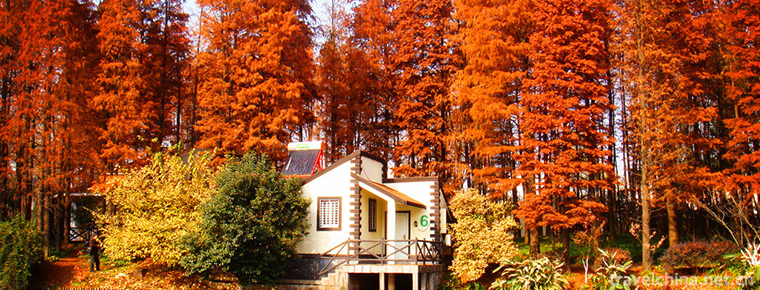
-
sauteed tofu in hot and spicy sauce
sauteed tofu in hot and spicy sauce is one of the traditional dishes in Sichuan.
Views: 206 Time 2018-10-12 -
Three Gorges Dam
The Three Gorges Dam is located in Sandouping Town, Yichang City, Hubei Province, China. It is 38 kilometers from the Gezhouba .
Views: 145 Time 2018-11-11 -
Chinese Elk Garden Scenic Spot
Jiangsu Dafeng Elk National Nature Reserve is located in the Yellow Sea coast, with a total area of 78,000 hectares, including 2668 hectares in the core area.
Views: 148 Time 2018-12-06 -
Jixi Longchuan Scenic Area
Jixi Longchuan Scenic Area in Xuancheng City, Anhui Province, is a national AAAAA-level Tourism Scenic Area officially approved by the State Tourism Administration.
Views: 141 Time 2018-12-08 -
Seven Stars Scenic Spot
Seven Stars Scenic Spot/Qixing Scenic Spot is located on the East Bank of Lijiang River in Guilin City, along Xiaodong River, a tributary of Lijiang River, 1.5 kilometers away from the city center..
Views: 112 Time 2018-12-17 -
Gui Yuan Temple
Guiyuan Chan Temple is located in Guiyuan Temple Road, Hanyang District, Wuhan City, Hubei Province. It was built by Master Baiguang in the fifteenth year of Shunzhi Qing Dynasty (1658 A.D.). Covering.
Views: 124 Time 2019-01-13 -
Leitaihan Culture Museum Wuwei
Leitaihan Culture Museum is located in the urban area of Wuwei City. It is the land of the Chinese tourism symbol "Ma Ta Feiyan". Leitai was declared as the key cultural relics protection un.
Views: 183 Time 2019-02-24 -
Donghe Opera
Donghe Opera, one of the national intangible cultural heritage, is a traditional drama in Donghe area of Ganzhou City, Jiangxi Province..
Views: 176 Time 2019-04-27 -
Shui Shui Custom
"Shuishu" is a prototype written by the ancestors of the Shui nationality of the minority nationalities in Southwest China. Shui Shu custom is the formation, development and inheritance of S.
Views: 187 Time 2019-06-15 -
Zao Bang
Zaobao is one of the traditional local operas in Shandong Province. It is mainly popular in Heze, Yuncheng, Liangshan, Juye, Juye, Juancheng and Dingtao. It developed under the influence of local lang.
Views: 235 Time 2019-07-16 -
Cai Yong
Cai Yong (133 to 192 years), Zi Bo. Chen Liu Jun Xian county (now Henan Qixian County South) People. Eastern Han Dynasty Famous ministers, writers, calligraphers, talented women Cai Wenji Father..
Views: 148 Time 2019-09-14 -
China University of Labor Relations
China Institute of Industrial Relations (China University of Labor Relations) All China Federation of trade unions Ordinary Institutions of higher learning It is jointly built by the all China Federat.
Views: 153 Time 2019-12-20
